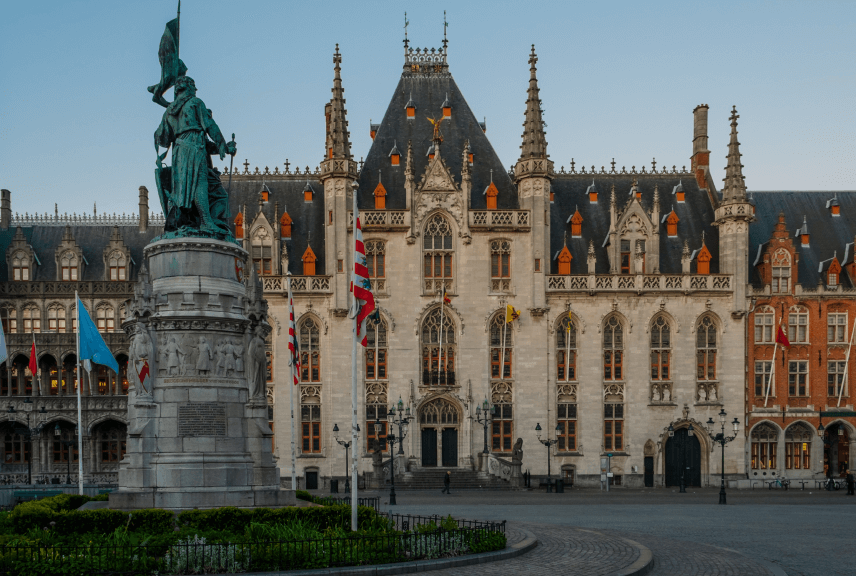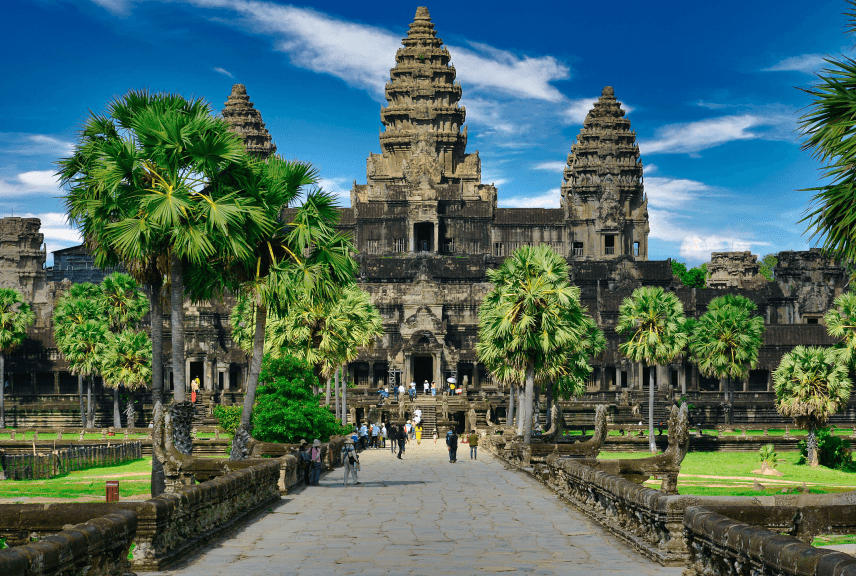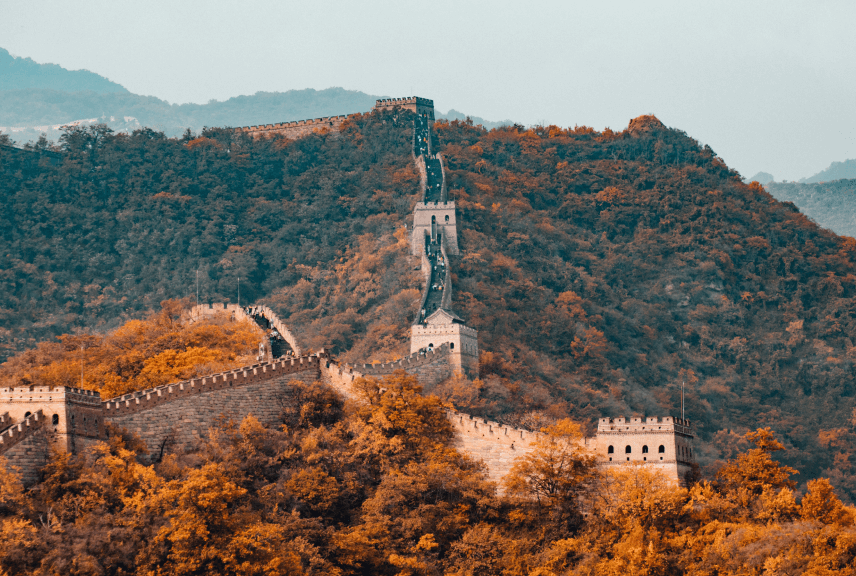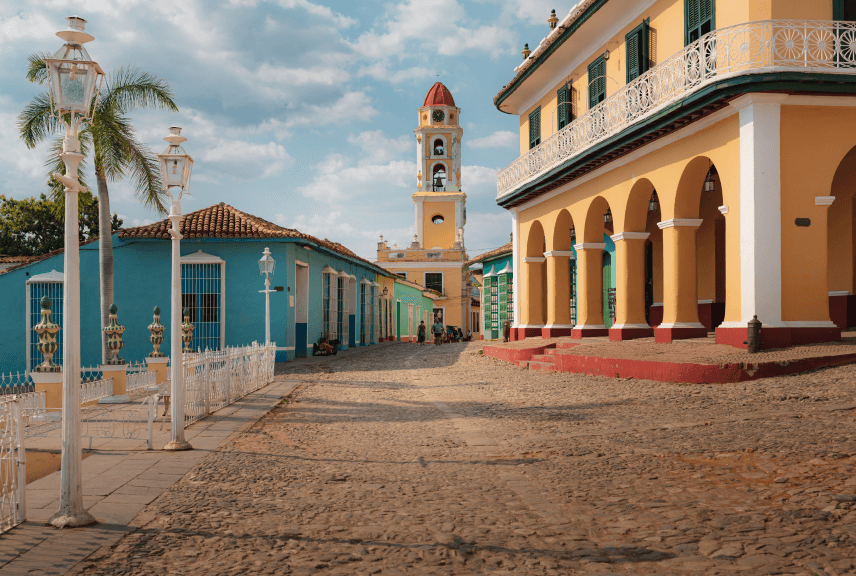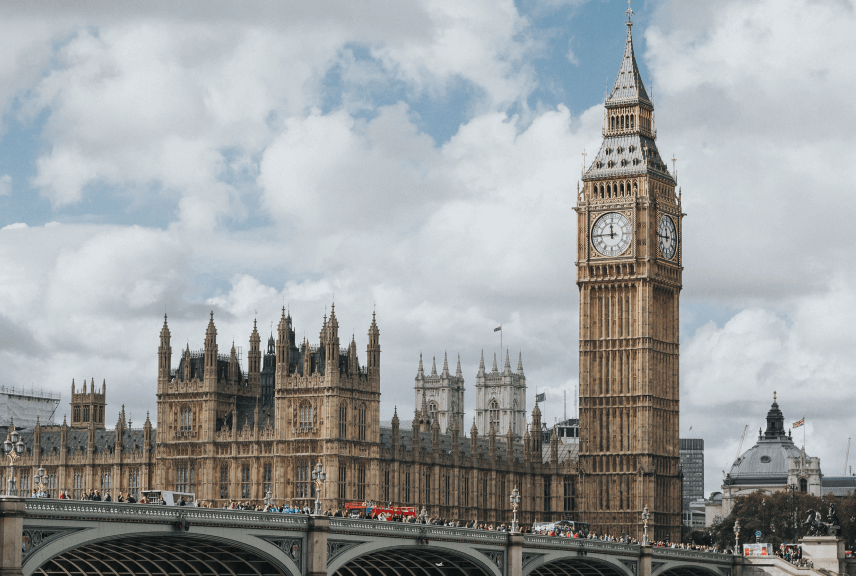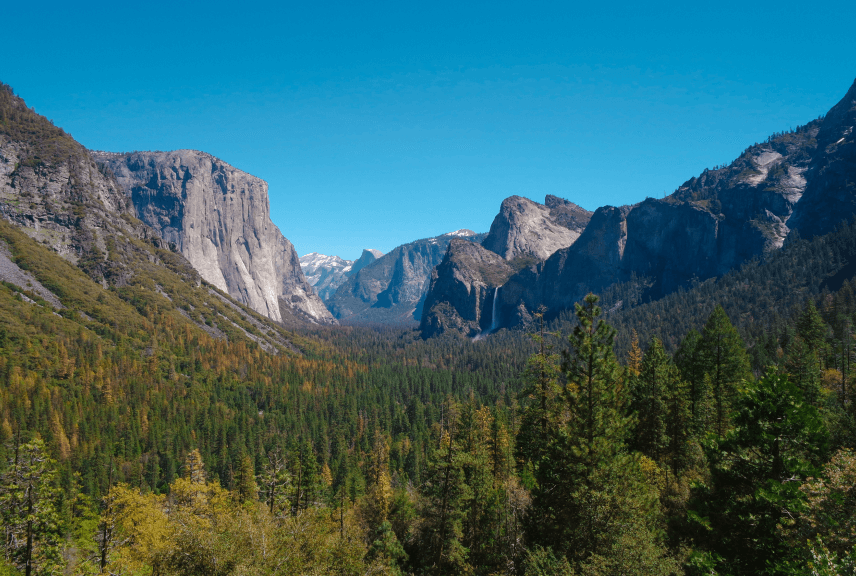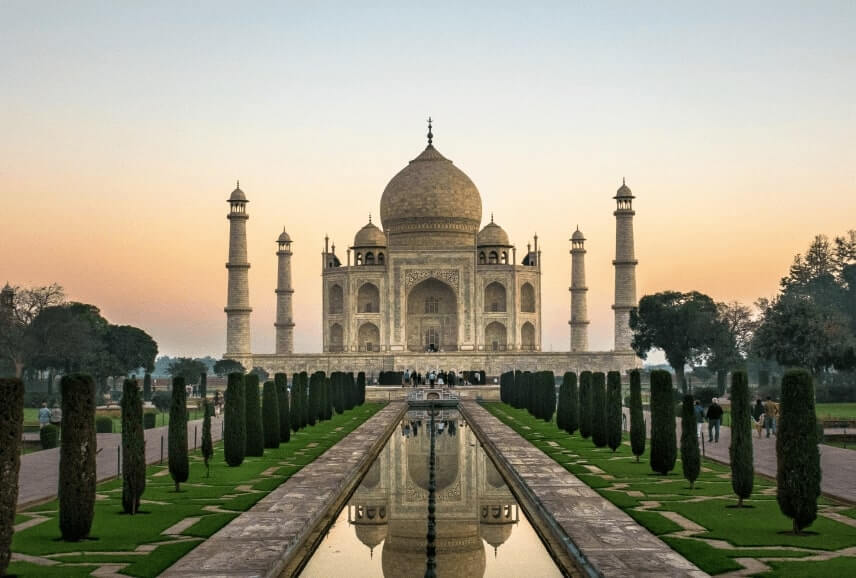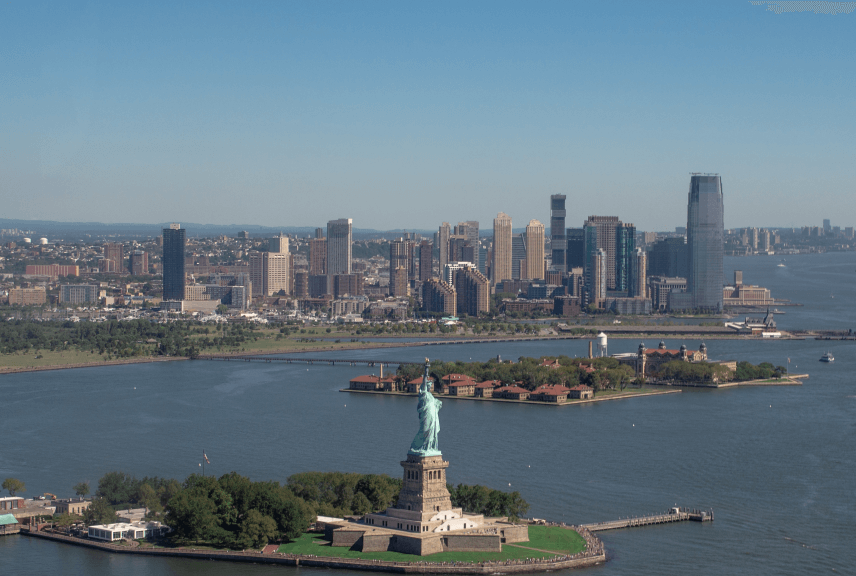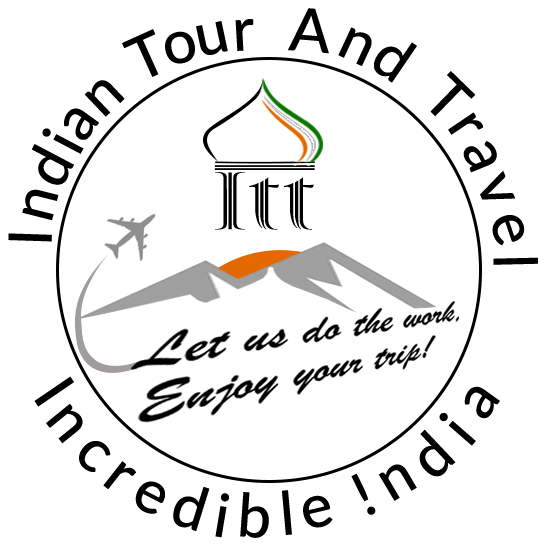Parliament House
Parliament House, located at the end of the Parliament Street is an imposing circular colonnaded building where the representatives of world’s largest democracy meets and decides the fate of the over 1 billion people of India. Though just one storey tall, the building stands 75 feet high and measures 570 feet in diameter. It was originally planned to be just an extension of the Viceroy’s House (Rashtrapati Bhavan) but after the Montague-Chelmsford reforms of 1919, it was designated as a Parliament House or Legislative Assembly of the country.

Designed by Herbert Baker, the Duke of Connaught laid the foundation stone of the building on 12th February 1921. Inaugurated by Lady and Lord Irwin in 1927, the building was designed in such a way that it houses a domed central hall and three semi-circular structures, originally meant to accommodate the Chamber of Princes, the Council of State and the Legislative Assembly. Presently they house the Chambers of the Lok Sabha (Lower House of Parliament), the Rajya Sabha (Upper House of Parliament) and the Parliament library and are attached to each other by galleries. The three semi-circular chambers are surrounded by a circular corridor, which has 144 imposing pillars, giving the whole building a very grand and majestic look. Beautiful lawns, gardens, fountains and waterways all around the building, further enhance the royal look of this ‘Temple of Democracy.’
Parliament House holds a very significant place in the history of democratic India, as it was in the central hall of this building that the transfer of power took place in the midnight of 14th August 1947. India became a democratic country from that day, free from British rule and Parliament House, the symbol of its democracy.
Today the Lok Sabha has 550 seats. Of these, 530 members are elected representatives of the Indian states and 20 elected members represent Union Territories (territories governed by the Central (Federal) government). The Rajya Sabha has 250 members, 238 of whom represent states and Union Territories and the 12 nominated members are nominated on the basis of eminence in the fields of arts, sciences, literature etc.
